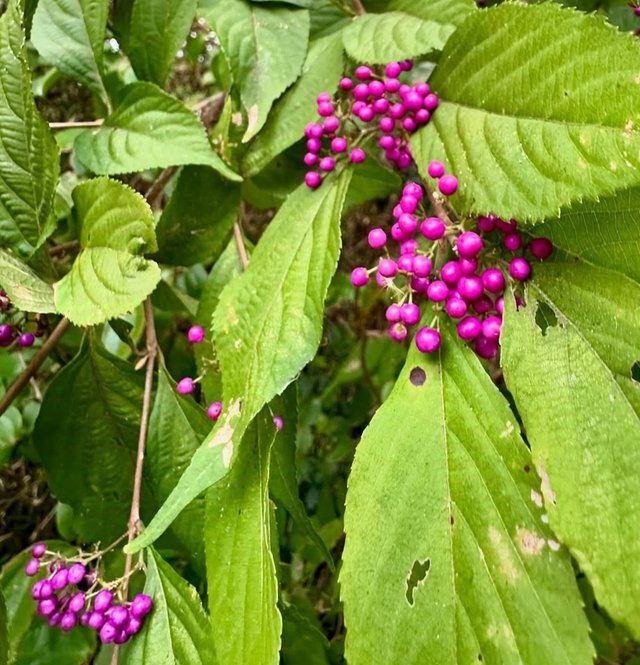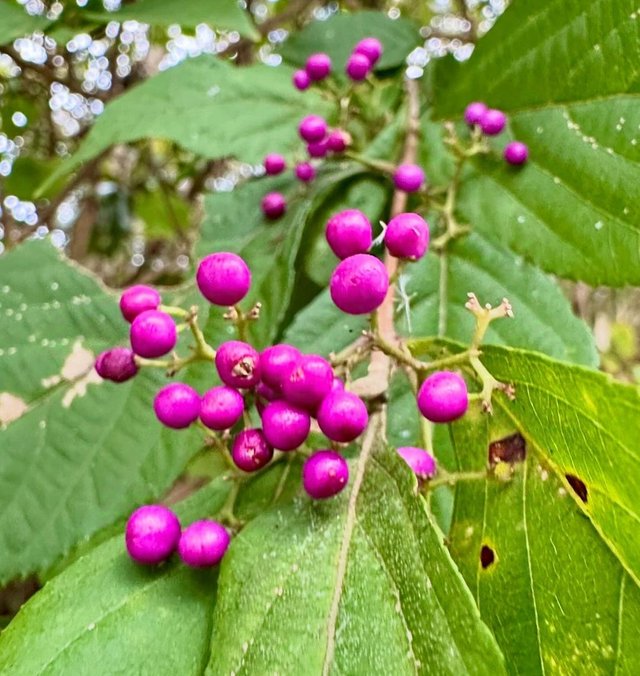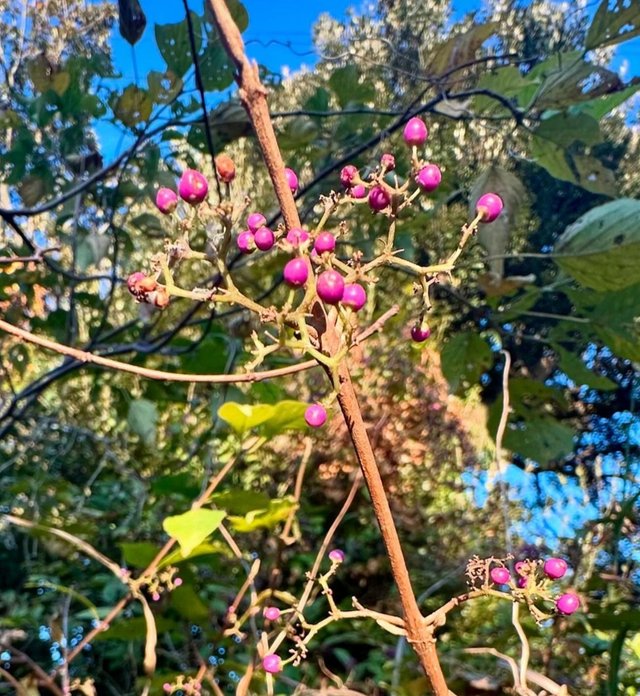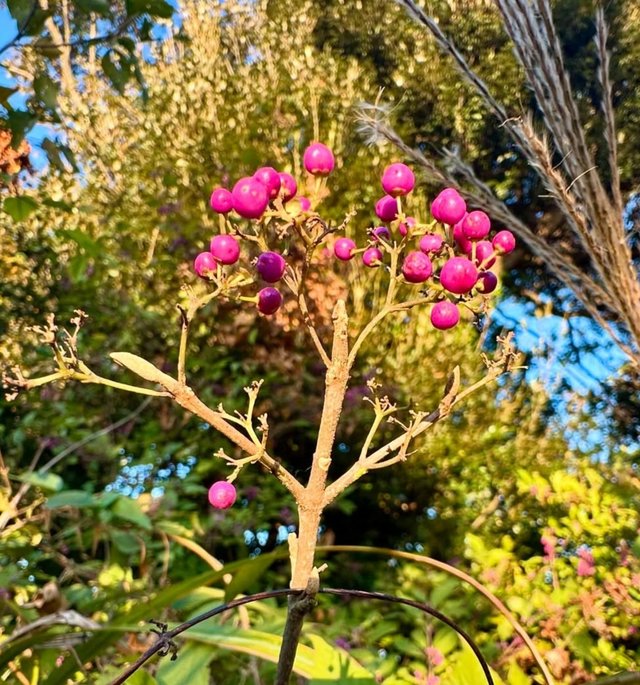So Beautiful Japanese Beautyberry Flower
Japanese Beautyberry: A Jewel of the Garden
The Japanese beautyberry, scientifically known as Callicarpa japonica, is a deciduous shrub that has captivated gardeners and nature enthusiasts alike with its striking aesthetics and adaptability. Native to Japan, Korea, and parts of China, this ornamental plant is renowned for its vibrant, pearl-like clusters of purple berries, which bring an unexpected splash of color to gardens in the autumn and winter months. Let’s delve into the characteristics, cultivation, and cultural significance of this remarkable shrub.
Physical Characteristics
Japanese beautyberry is a medium-sized shrub that typically grows 3 to 6 feet tall and wide. Its graceful arching branches are adorned with bright green, oval-shaped leaves that measure 2 to 4 inches long. During spring and summer, the shrub displays small, inconspicuous pink or lavender flowers that are a magnet for pollinators, such as bees and butterflies. However, its true claim to fame is the profusion of iridescent purple berries, or drupes, that appear in late summer and persist well into winter.
The berries, often arranged in dense clusters along the branches, have a metallic sheen that almost seems to glow against the barren landscape of late fall. This quality has earned the plant its name and a special place in ornamental gardening.
Cultivation and Care
Japanese beautyberry is a hardy and low-maintenance plant, making it an excellent choice for both novice and experienced gardeners. It thrives in USDA hardiness zones 5 to 8 and prefers the following conditions:
Soil: Well-drained soil with moderate fertility is ideal. While the plant can tolerate a range of soil types, including sandy or clay soils, it performs best in loamy soils with good drainage.
Light: Full sun to partial shade works well for this shrub. In sunnier spots, it produces more abundant flowers and berries.
Water: Regular watering during the establishment phase is crucial. Once mature, the plant becomes relatively drought-tolerant but benefits from consistent moisture in dry spells.
Pruning: Pruning in late winter or early spring encourages healthy growth and berry production. Removing old, unproductive branches allows the shrub to maintain its shape and vigor.




